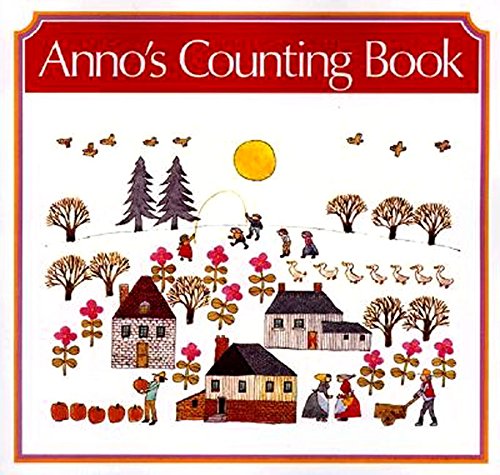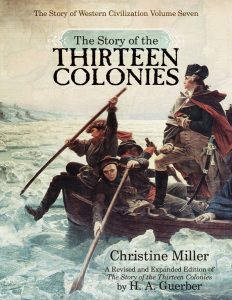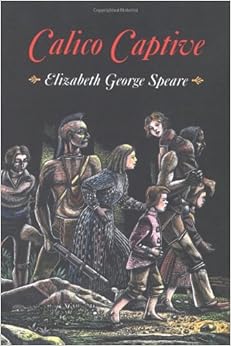If you'd like to follow a more living book approach, there are lots of options, so I'll touch on the few I'm most familiar with here:
First up is Crucibles: The Story of Chemistry, I have the updated fourth edition, by Bernard Jaffee. This book is subtitled From Ancient Alchemy to Nuclear Fission, and as suggested, it tells the history of chemical discovery through biographical chapters of scientists and discoverers. It is the most systematic coverage of chemistry of the books listed in this post, and yet it is still very readable. This is a fantastic way to learn - through the stories of real people who had real triumphs as well as real failures. It is somewhat similar to The Mystery of the Periodic Table, written for adults. The chronological organization helps the reader slowly build up chemical knowledge and vocabulary. This is a very "CM" title; it is interesting and engaging, and it would be a good fit for a child willing to put in the work of extracting the important concepts, and lends itself well to narration. The main downside is the lack of illustrations or diagrams in the book, so supplementation is needed, as well as lab work, if one wanted to make a lab course using this book as the spine.
Napoleon's Buttons: 17 Molecules that Changed History by Penny Le Couteur. If you're familiar with Ambleside Online you'll recognize this book as part of their Year 8 science curriculum, but it too is definitely high school level. My eldest three children and myself all enjoyed this book, it is a great living title, covering an interesting mix of science and history, explaining the chemistry of the commonplace. However, when it came to my fourth child, she read a couple chapters over a term before declaring to me that she "didn't understand it, and hadn't learned one thing." A little more probing and we discovered that she did not have the foundation necessary to understand it - she had little concept of atoms and almost no idea of bonds and molecules. It is true that she had read The Mystery of the Periodic Table just two years before in AO year 6, but it seemed she hadn't given that book the attention it was due either. We paused Napoleon and chose a short text to fill those foundational gaps, but all that to say - you might want to make sure your student is prepared for this book if you choose to include it in your school. This title definitely deserves a pre-read, or at least a perusal of the possible problem areas, which Ambleside Online has so helpfully noted here.
Uncle Tungsten: Memories of a Chemical Boyhood by Oliver Sacks. An enjoyable memoir that highlighted the ways Sacks' curiosity and interest in science led him to experiment with and understand the nature of many common elements and chemicals. I felt much respect for his parents while reading this, for the ways in which they both encouraged his interest, and (mostly) tolerated his blowing stuff up. Interspersed with his own life, he highlights the discoveries of scientists like Davy, Dalton, and Curie. This is a great title for picking up important scientific concepts effortlessly.
There are two things to note in this title: Sacks occasionally gets off track writing. In chapter 19 he describes his first org*sm (at a young age, randomly by himself in a pool). In chapter 22 he casually mentions how his mother (in a midwifery capacity) occasionally drowned disabled/malformed newborns. For sensitive readers, these chapters could both be skipped without detriment to the overall story, but for mature readers, I highly recommend this title. </>



ETA: None of these links are affiliate links - I make absolutely no money off this masterpiece of a blog, lol. They are simply there for your ease - to quickly get a bit more info about a book. I ALWAYS recommend shopping around, buying second hand, and supporting small businesses. <3
































